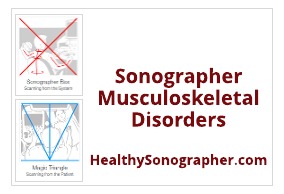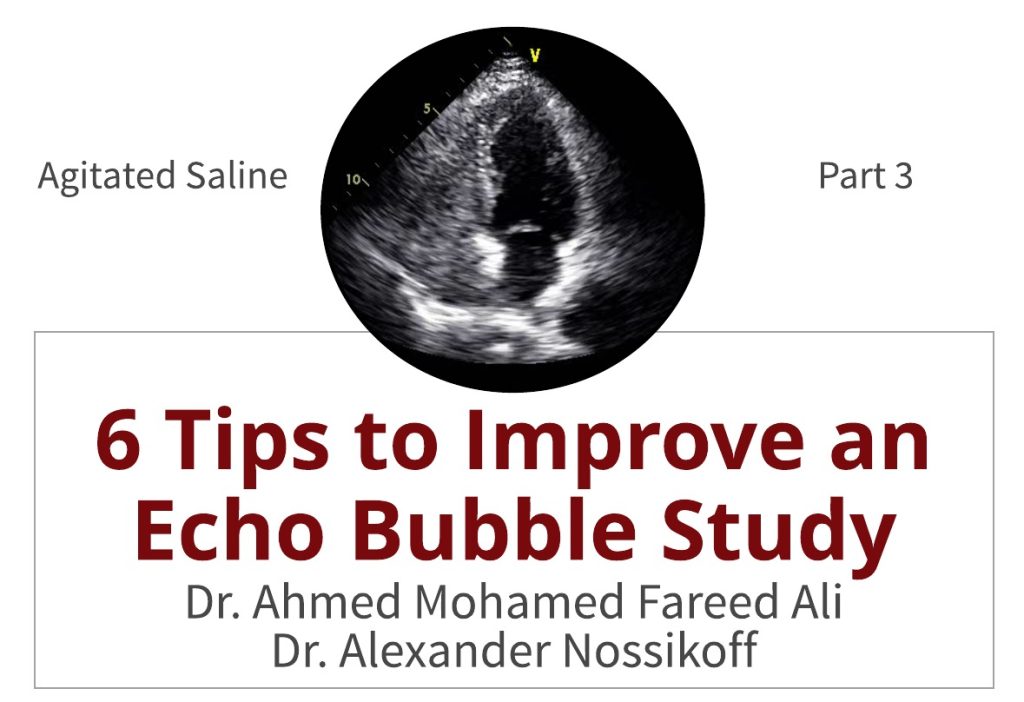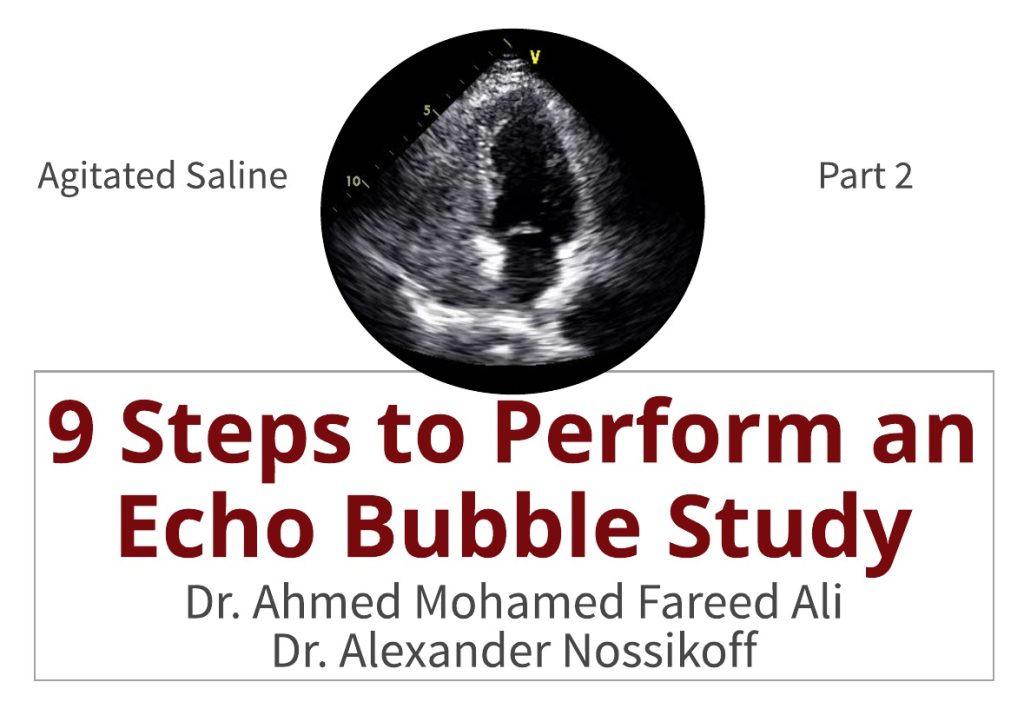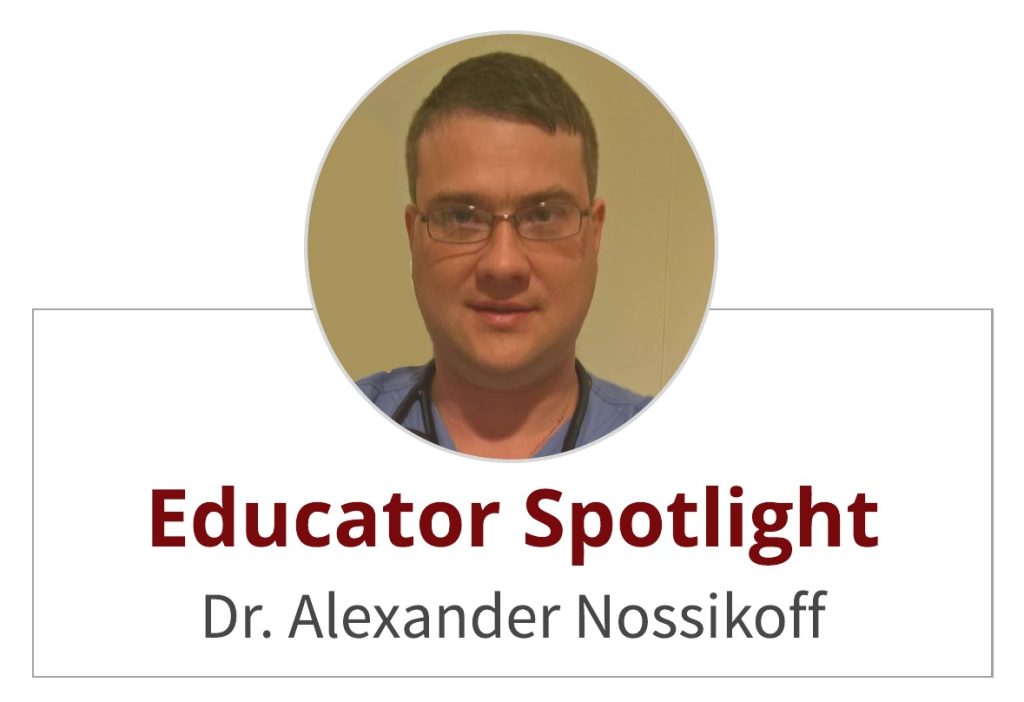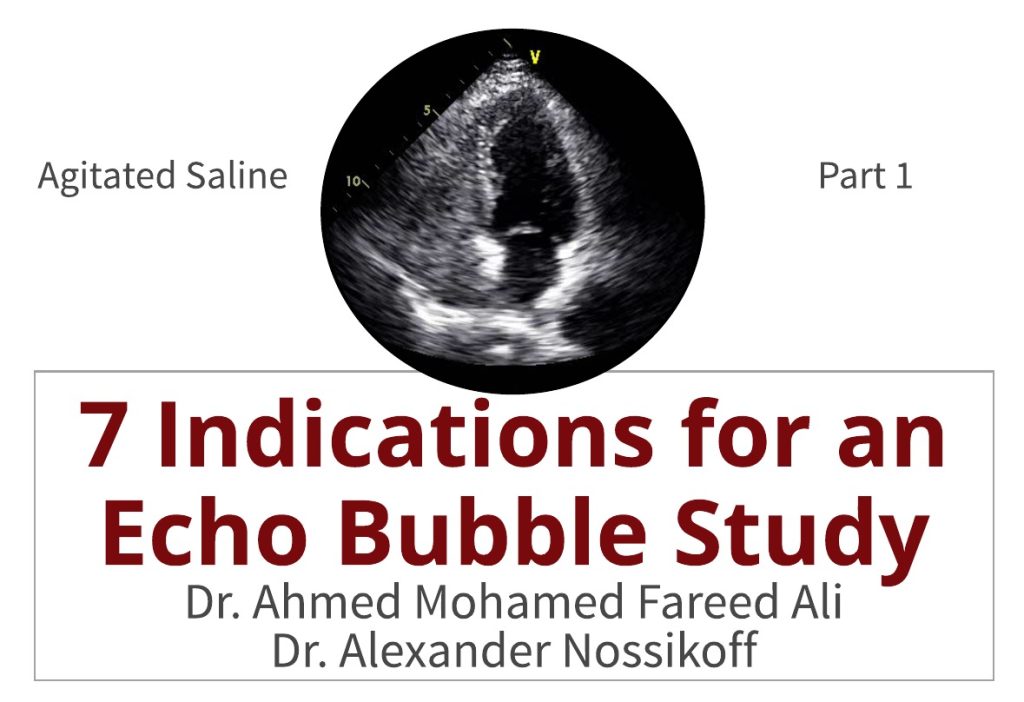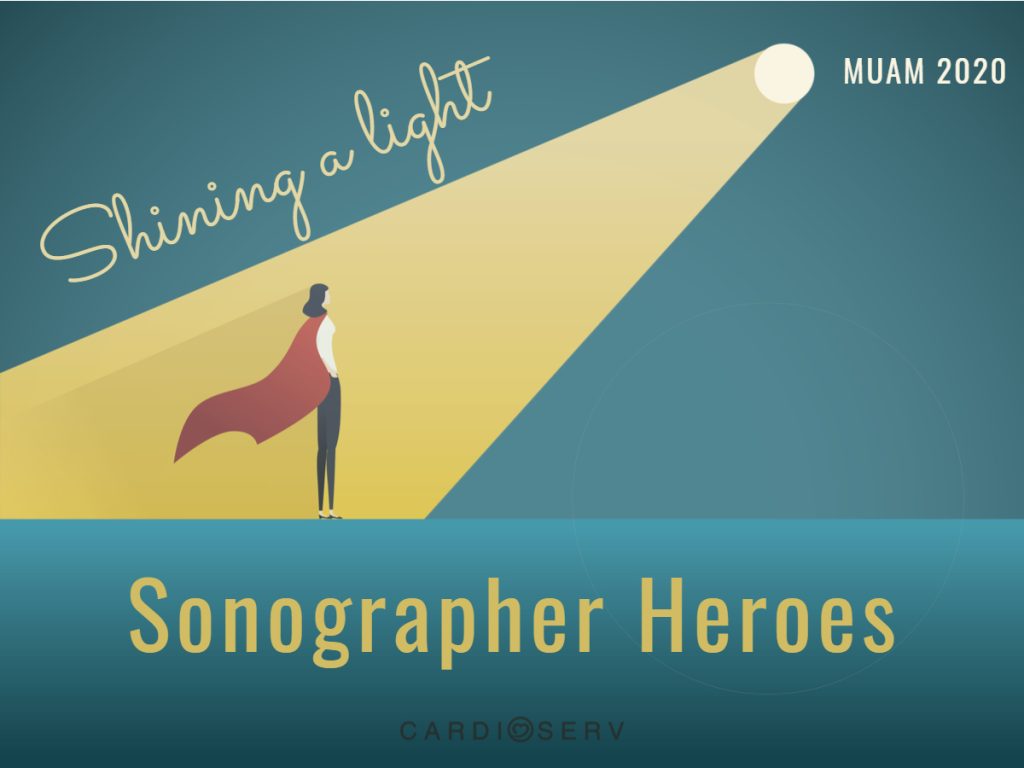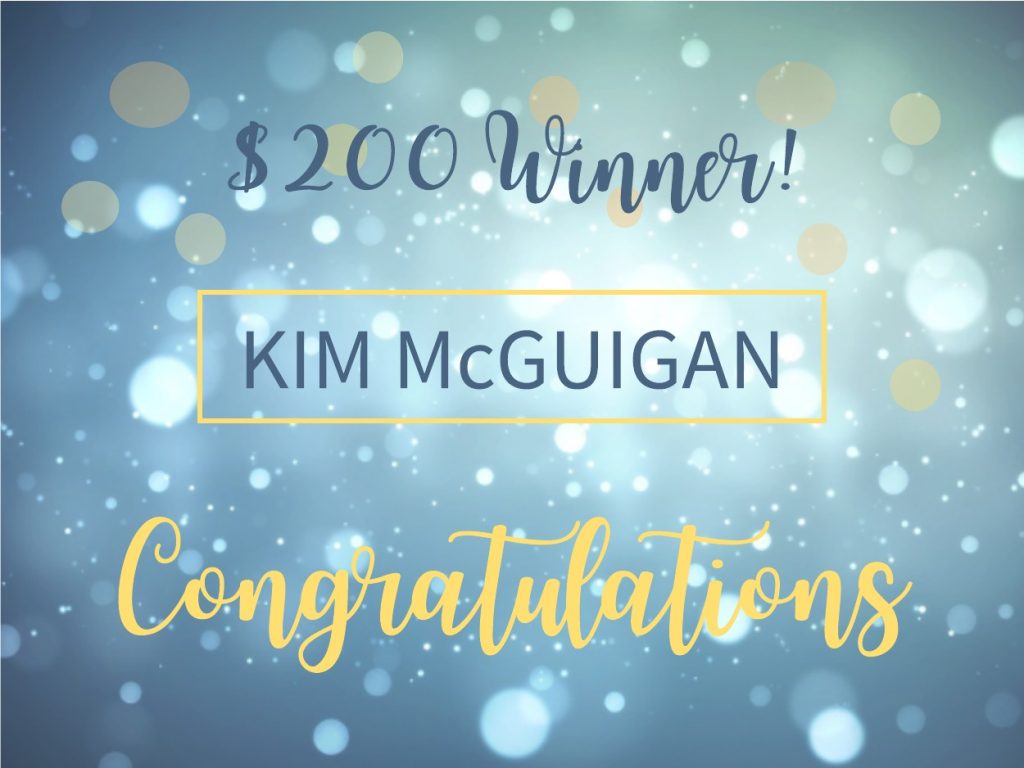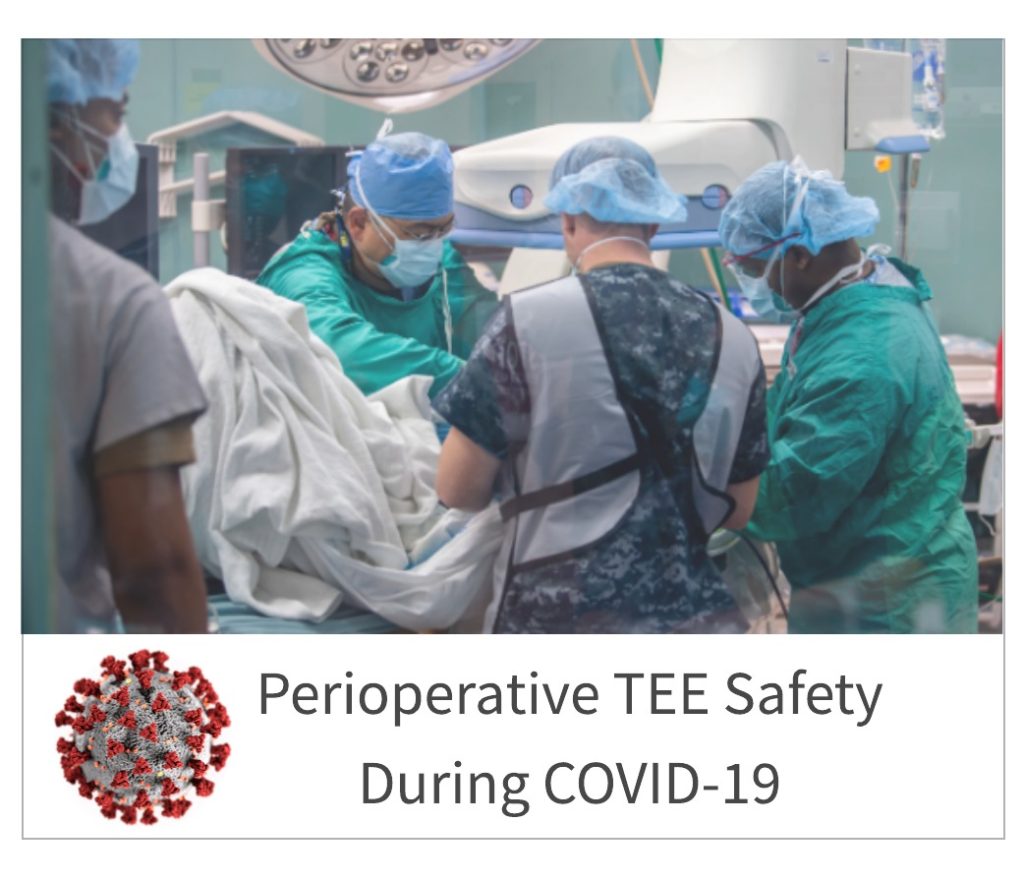Sonographer Musculoskeletal Disorders
October, is Medical Ultrasound Awareness Month (MUAM), a time when we stop to recognize and celebrate sonographers. Therefore, this week we are bringing attention to sonographer musculoskeletal disease with a focus on pain free scanning. According to SDMS, 90% of clinical sonogaphers experience symptoms of musculoskeletal disorders.
Sonographer Musculoskeletal Disorders Read More »

